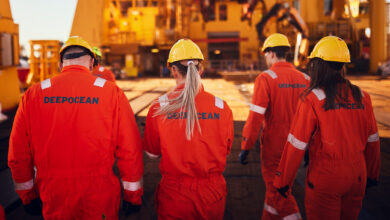Penspen wins contract in Myanmar
Penspen has been awarded a contract from one of the oil and gas operators in Myanmar for an offshore natural gas project in Myanmar.
The engineering study project award will see Penspen support with drilling platform diesel fuel tank modification for the multi-field integrated natural gas development. Penspen will perform the feasibility study and preliminary engineering for the modification of redundant drilling fuel tanks into condensate storage tanks.
The scope of work includes 3D modeling, mechanical integrity checks and a review of safety, existing designs and lighting.
“This latest contract award bolsters our reputation in Myanmar and we look forward to undertaking this work in Q2 2020,” Neale Carter, Penspen’s Executive Vice President for the Middle East, Africa and Asia Pacific Regions, said. “This project is significant, and we look forward to playing our role in ensuring its success by providing our expert engineering and maintenance services to the operator in Myanmar.”




